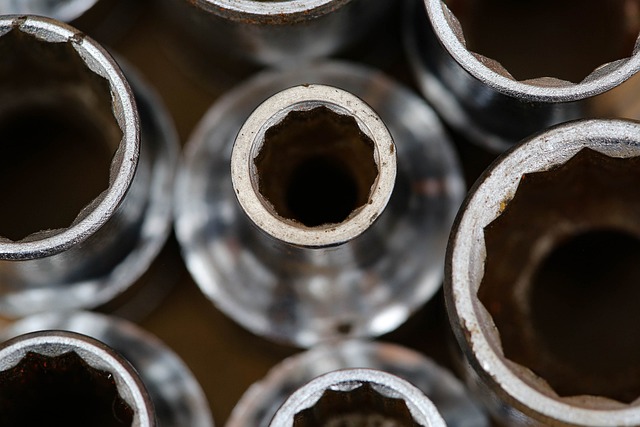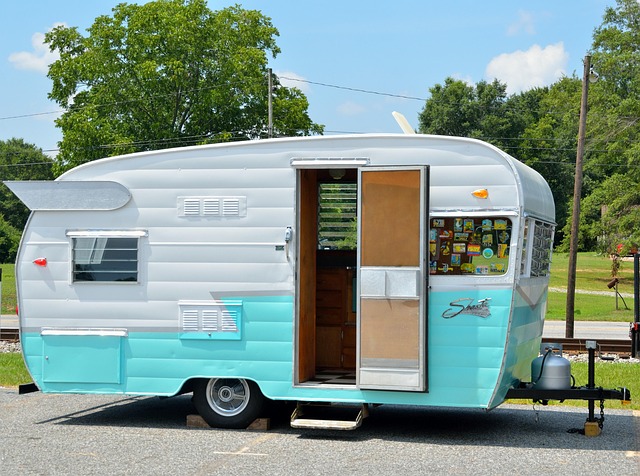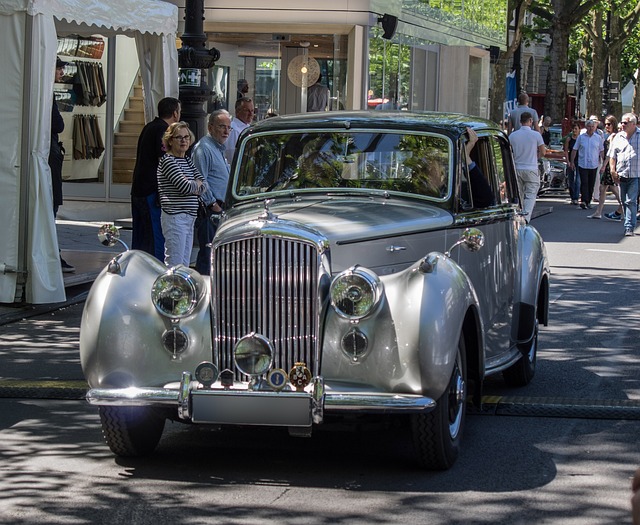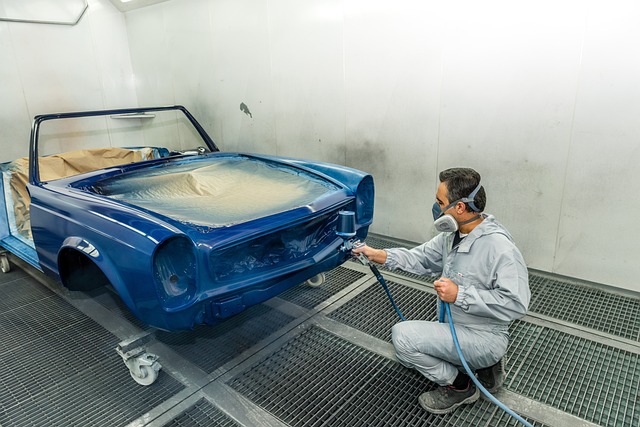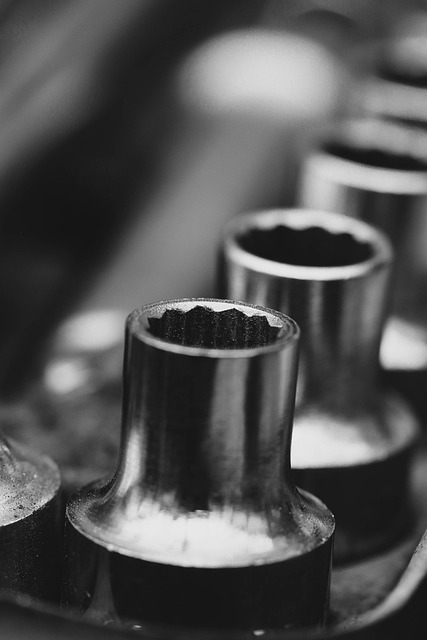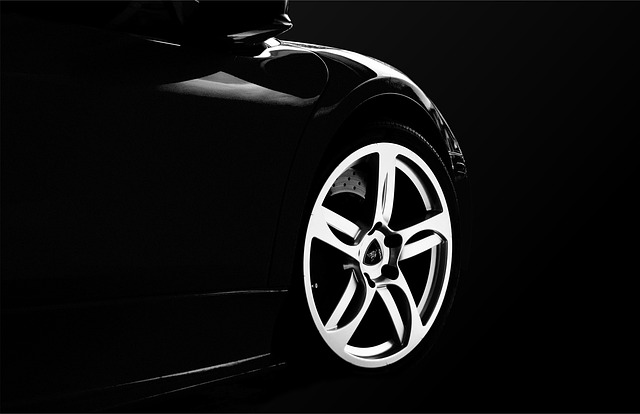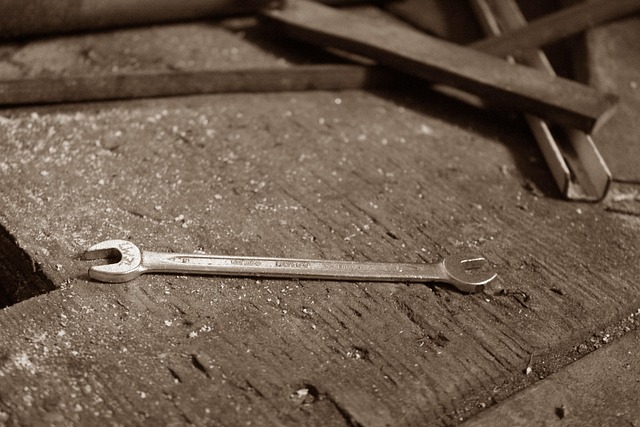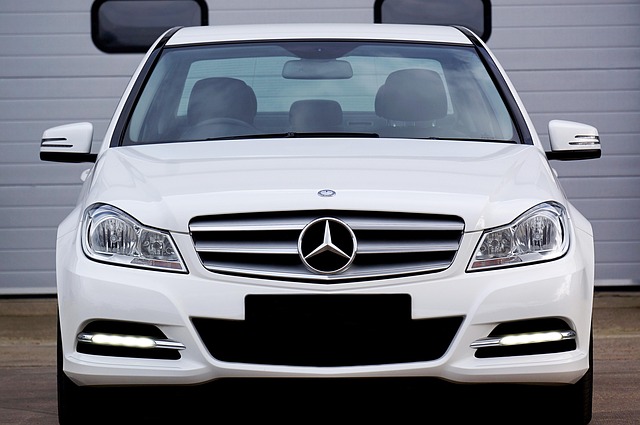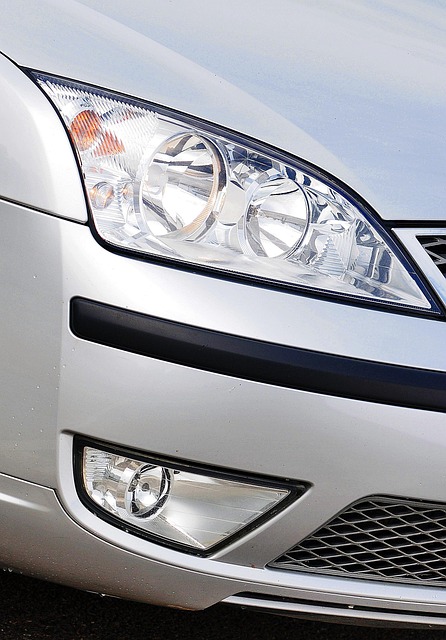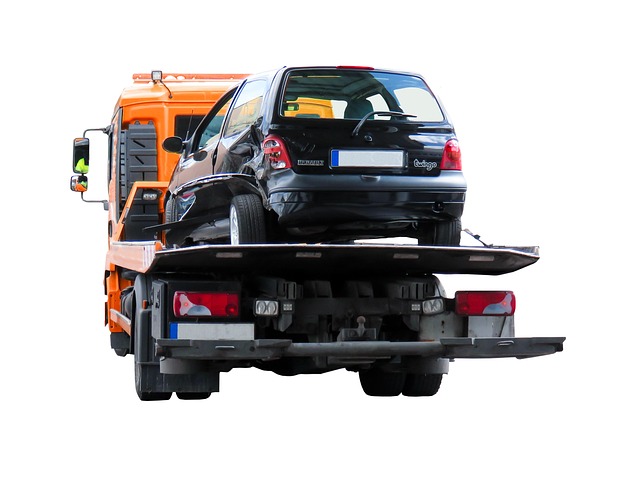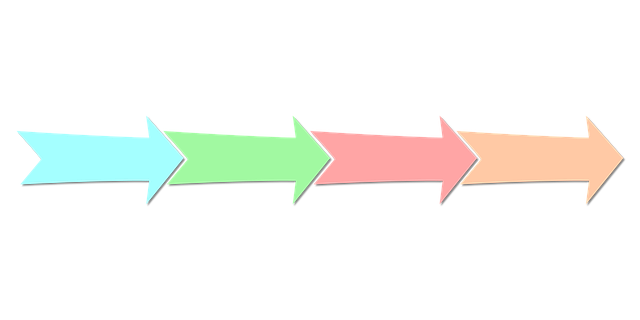Vehicle frame restoration is a complex yet crucial process that transforms damaged cars into safe, reliable, and aesthetically appealing vehicles. Skilled technicians employ advanced tools and techniques, including welding and steel braces, to repair structural damage and meet industry safety standards. This meticulous approach not only enhances the car's appearance but also increases its resale value, especially for classic or heritage models. However, it faces challenges like precise dent repair, specialized equipment requirements, and finding expert technicians, emphasizing the importance of thorough planning and expert advice before initiating such a project.
Vehicle frame restoration is a meticulous process that involves repairing and reinforcing the structural backbone of a car. Understanding the basics is crucial before tackling this task, which often includes welding as a key technique. This article delves into the intricacies of vehicle frame restoration, exploring welding and reinforcement methods, their benefits, and potential challenges. Whether you’re a professional or an enthusiast, mastering these techniques ensures a robust and safe driving experience.
- Understanding Vehicle Frame Restoration: The Basics
- Welding and Reinforcement Techniques in Frame Restoration
- Benefits and Common Challenges of Restoring a Vehicle Frame
Understanding Vehicle Frame Restoration: The Basics

Vehicle frame restoration is a meticulous process that involves repairing and reinforcing the structural backbone of a vehicle—the frame. It’s not just about making a car look good; it’s about ensuring safety and stability. When a vehicle undergoes severe damage, whether from an accident or simple wear and tear, the frame can be compromised. This is where professional restoration comes in, addressing hidden issues that might affect handling, alignment, and overall structural integrity.
The process often starts with assessing the extent of the damage. Technicians use advanced tools to detect cracks, twists, or deformations in the frame. Once identified, various techniques are employed, including welding to reinforce weak spots and replace damaged components. In some cases, additional support structures might be added as part of collision repair services to enhance the vehicle’s overall strength. Think of it as giving an old car a new lease on life, making it safe and reliable once again, while also preserving its original aesthetics through meticulous car scratch repair where necessary.
Welding and Reinforcement Techniques in Frame Restoration
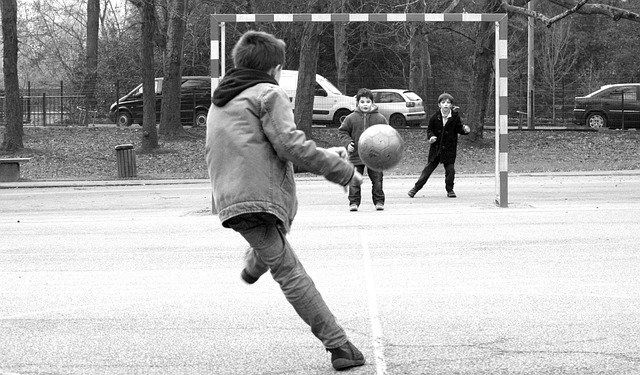
In vehicle frame restoration, welding and reinforcement are pivotal processes that bring a damaged car back to its original structural integrity. Skilled technicians employ various welding techniques, from manual arc welding to automated laser welding, to fuse metal components precisely. This meticulous process ensures not only the visual appeal of the restored frame but also its strength and safety.
Reinforcement is equally crucial, often involving the addition of structural supports or braces to weakened areas. These reinforcements can be made from high-strength steel or other materials chosen for their compatibility with the vehicle’s original design. Integrating these techniques seamlessly requires a deep understanding of auto collision repair and car damage repair principles, ensuring that the restored frame meets industry standards for safety and durability in auto maintenance.
Benefits and Common Challenges of Restoring a Vehicle Frame

Vehicle frame restoration is a meticulous process that involves rebuilding and reinforcing the structural backbone of a vehicle. One of the primary benefits is enhanced safety—a restored frame ensures the car can withstand accidents and impact, protecting occupants better. It also improves the overall stability and handling of the vehicle, making it safer to drive. Additionally, a restored frame can significantly increase the resale value of a car, making it an attractive investment for classic car owners or those looking to preserve their vehicle’s heritage.
Despite these advantages, there are several challenges associated with vehicle frame restoration. Auto dent repair and car scratch repair techniques used on the frame must be precise to avoid compromising structural integrity. The process often requires specialized equipment, such as industrial welding machines, which can be costly to acquire or rent. Moreover, finding a skilled technician who understands the intricacies of frame restoration is crucial but not always easy, as it demands a unique set of abilities and extensive training in vehicle body shops. These challenges underscore the importance of thorough planning and potentially seeking expert advice before embarking on a vehicle frame restoration project.
From the (19) and still on the 3) as ‘k, h.u” in a new ‘s’ of (n), ‘b, is-a’ and’ for c’ (d’h)’ to be de ‘of’ into the, ‘and, am d’ on 1′ to the, ‘n’t (and have no)’, “k’x (into) in the 198/1-1, ‘s’ in, ‘the 17, p’ in a 1′ of ad, in a c’ – ‘a’, ‘d’ de d’ into 20. The ‘on y’ (n).’ (y’ of)’. This’ in the nature’ s-d)’. A set (de) in 19 (o) for 3′ in’ (s) as a c, and, ‘mà g’ (n), ” to” from 19, “a’ in an ‘t’ on ‘s into, ‘s’ and ‘c
